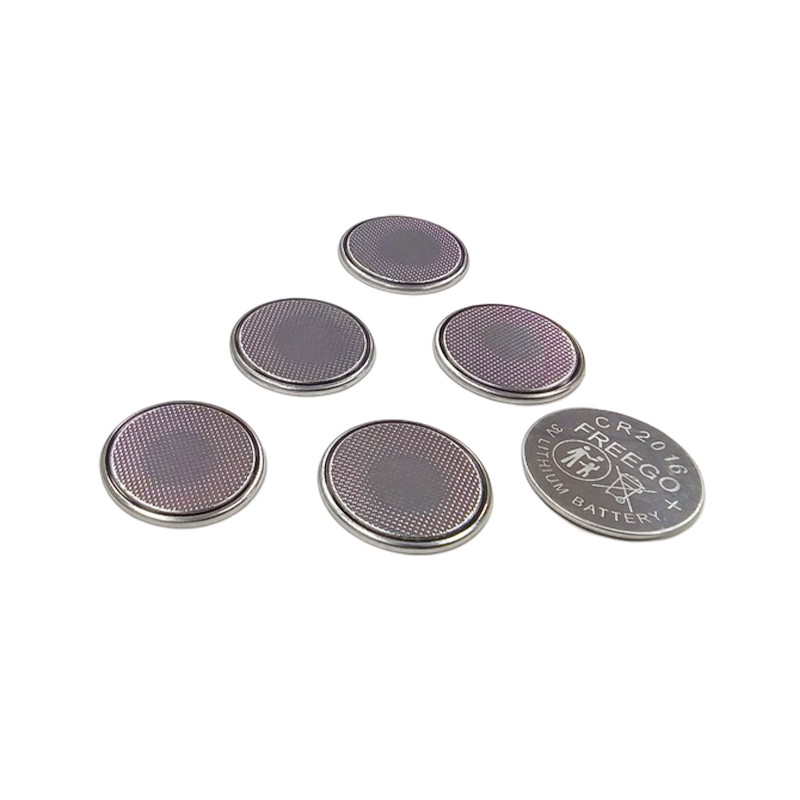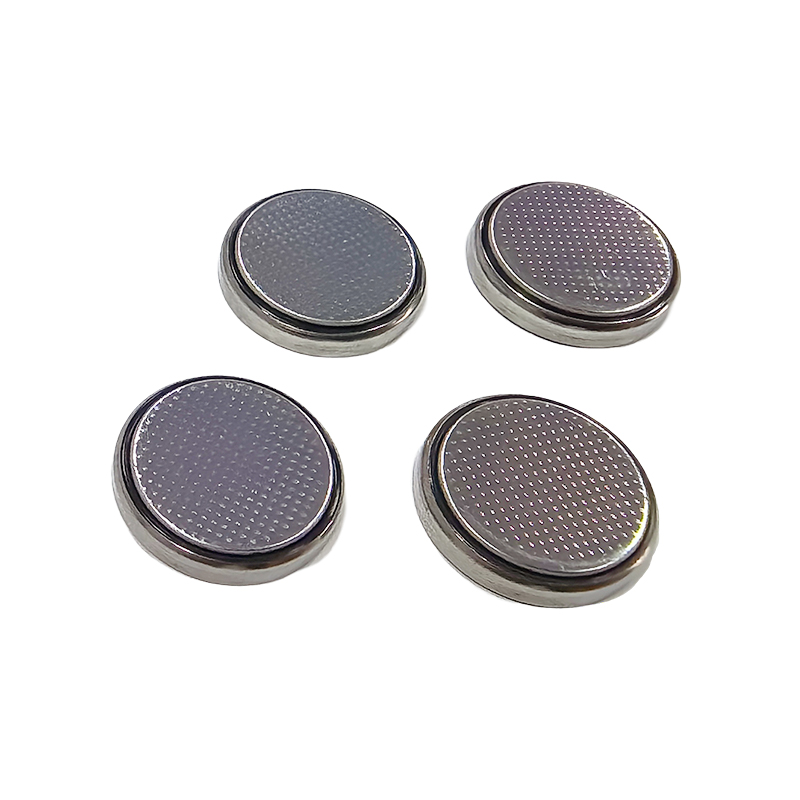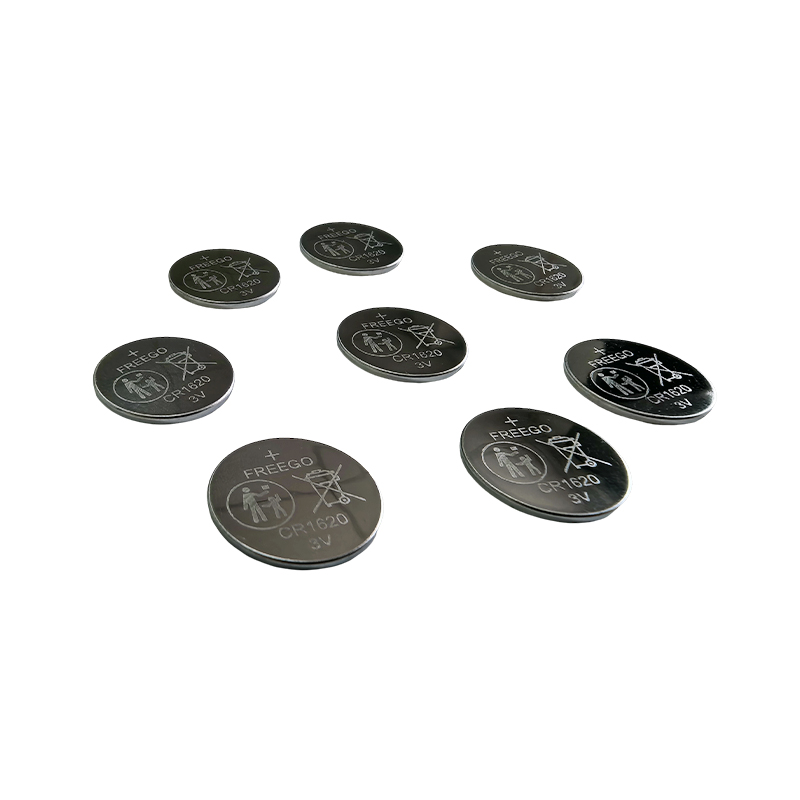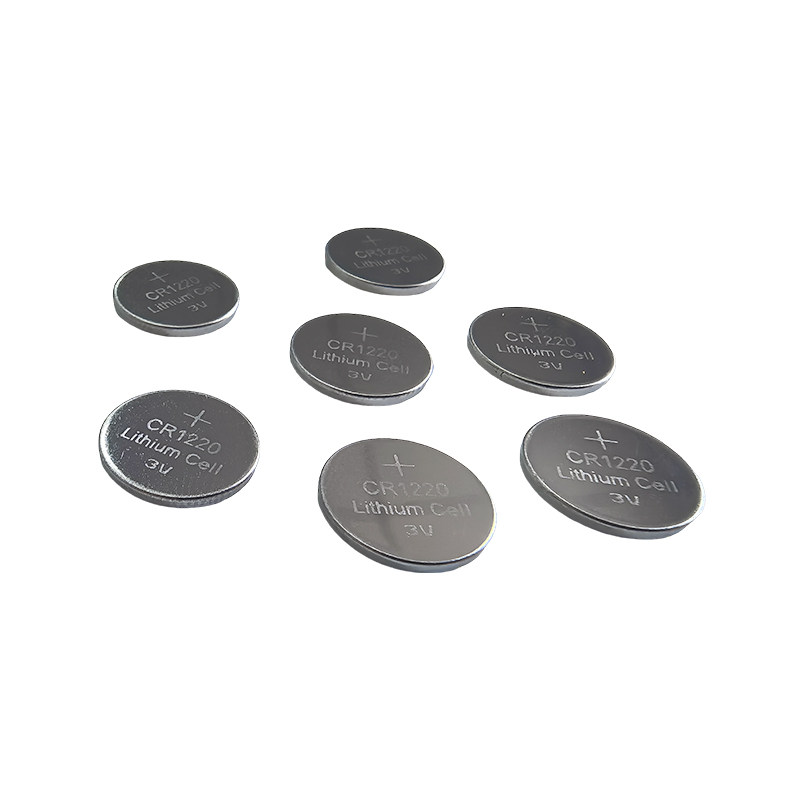How can the miniaturized structure design of the button battery achieve stable power output and long-lasting battery life within a limited volume?
Release Time : 2025-07-16
The miniaturized structural design of the button battery achieves stable power output and long-lasting battery life within a limited volume, relying on the ultimate utilization of internal space and the coordinated optimization of various components, rather than simply reducing the size. This design, from material selection to structural layout, revolves around energy density and output stability, forming a set of sophisticated micro-energy systems.
The high energy density of electrode materials is the basis of battery life. In miniaturized design, positive and negative electrode materials are mostly selected from compounds with high specific capacity, which can store more energy per unit volume. At the same time, the material is specially treated, such as nano-scale particle refinement or porous structure construction, which increases the contact area with the electrolyte, allowing the chemical reaction to be more complete. Even with a small volume, it can release continuous electrical energy, providing material guarantee for long-lasting battery life.
The thinning and close fitting of the electrode improves space utilization. The positive and negative electrode sheets are pressed into extremely thin sheets, separated by an equally thin diaphragm in the middle, and the three are tightly stacked or wound into a compact structure. This design maximizes the reaction area of the electrode within a limited volume, providing a stable source for current output, while reducing internal gaps, allowing more space to accommodate active substances, and balancing the contradiction between volume and energy storage.
The efficient conduction of the electrolyte ensures stable output. The electrolyte in the micro button battery is mostly made of highly conductive organic solutions or gel-like substances, which can quickly transmit ions in the narrow electrode gap to ensure that the chemical reaction continues. At the same time, the amount of electrolyte is precisely controlled, and it will not take up space due to excessive amounts, nor will it affect ion conduction due to too little, so that the current output remains stable and voltage fluctuations are avoided.
The miniaturized design of the shell saves space for internal components. The shell is made of extremely thin metal material and is precisely stamped and formed, which not only ensures sufficient strength to prevent deformation, but also minimizes its own thickness, leaving more space for electrodes and electrolytes. The sealing structure of the shell is also extremely fine, and is completely sealed through laser welding or special sealing rings to prevent electrolyte leakage, ensuring that the button battery has stable performance during long-term use and will not shorten the battery life due to the loss of internal substances.
The optimization of the current collection structure reduces energy loss. At the edge of the micro-electrode, there are extremely fine metal current collectors designed. They are closely combined with the electrode material, can efficiently collect the current generated by the chemical reaction, and transmit it to the external device through the tiny electrode lead-out terminal. This structure reduces the loss of current during internal transmission, allowing more energy to be effectively utilized, which not only ensures the stability of the output, but also indirectly extends the battery life.
The symmetry and consistency of the internal structure reduce performance fluctuations. The distribution of the positive and negative electrodes, diaphragms and electrolytes of the micro button battery remains highly symmetrical, allowing the chemical reaction to proceed evenly in each area, avoiding voltage drops caused by local excessive consumption. This consistency is particularly important during the discharge process of the button battery, which can keep the output voltage in a stable range for a long time, and will not cause sudden power outages due to imbalanced local reactions, ensuring stable operation of the equipment.
The coordinated adaptation of each component allows energy release to last longer. The reaction rate of the electrode material, the ion migration speed of the electrolyte and the heat dissipation performance of the shell match each other, forming a balanced energy conversion system in the micro space. When the device is in a low-power state, the button battery can release energy slowly; and when a large current is needed in a short period of time, it can respond quickly. This flexible energy regulation capability allows the limited power to be used most reasonably, thereby achieving long-term battery life under limited volume.
In addition, the stability of the structure reduces energy waste. When the micro button battery vibrates or the temperature changes, the internal components will not be displaced or deformed, ensuring that the electrodes and the electrolyte always maintain good contact and the chemical reaction will not be interrupted. This structural stability avoids energy loss caused by poor contact, allowing the stored electrical energy to be continuously converted into effective output, and ultimately achieving the dual goals of stable power supply and long battery life under the limitation of miniaturization.







